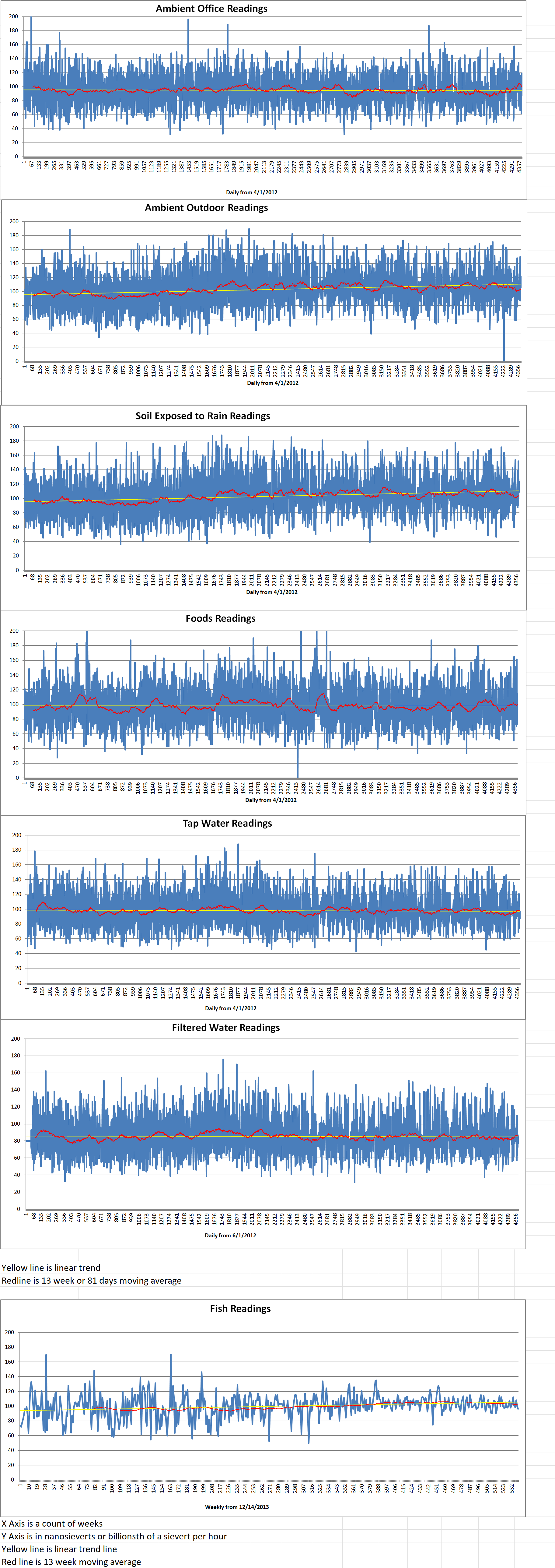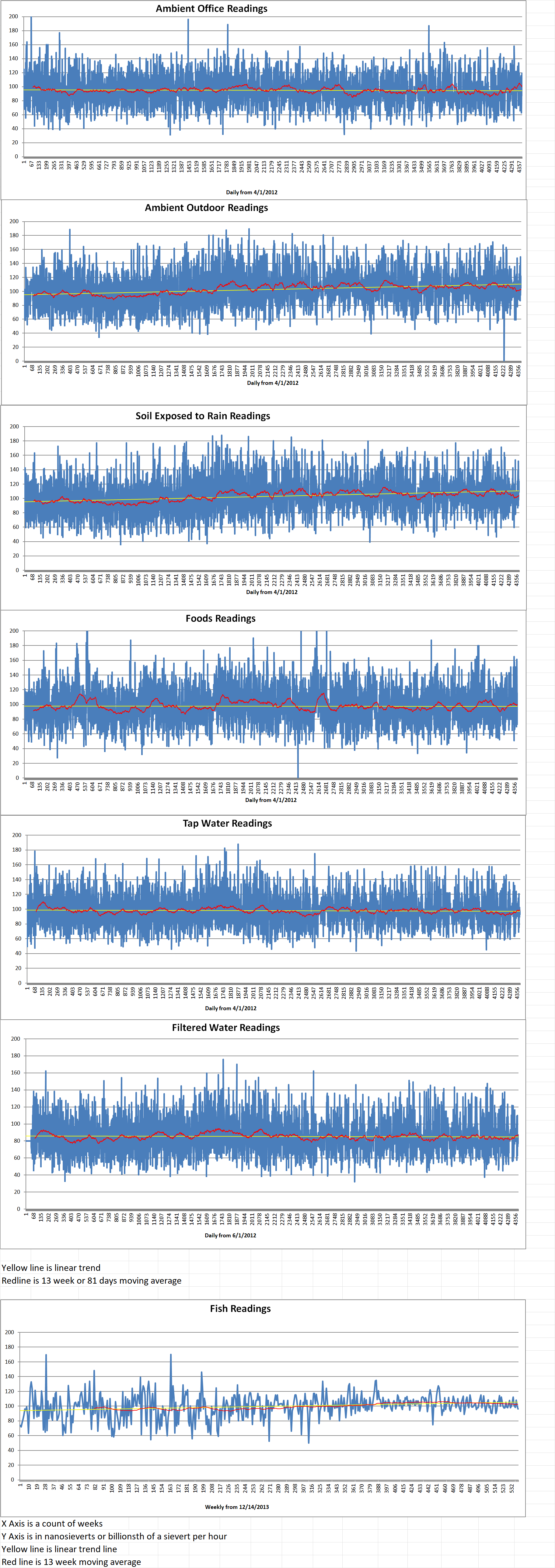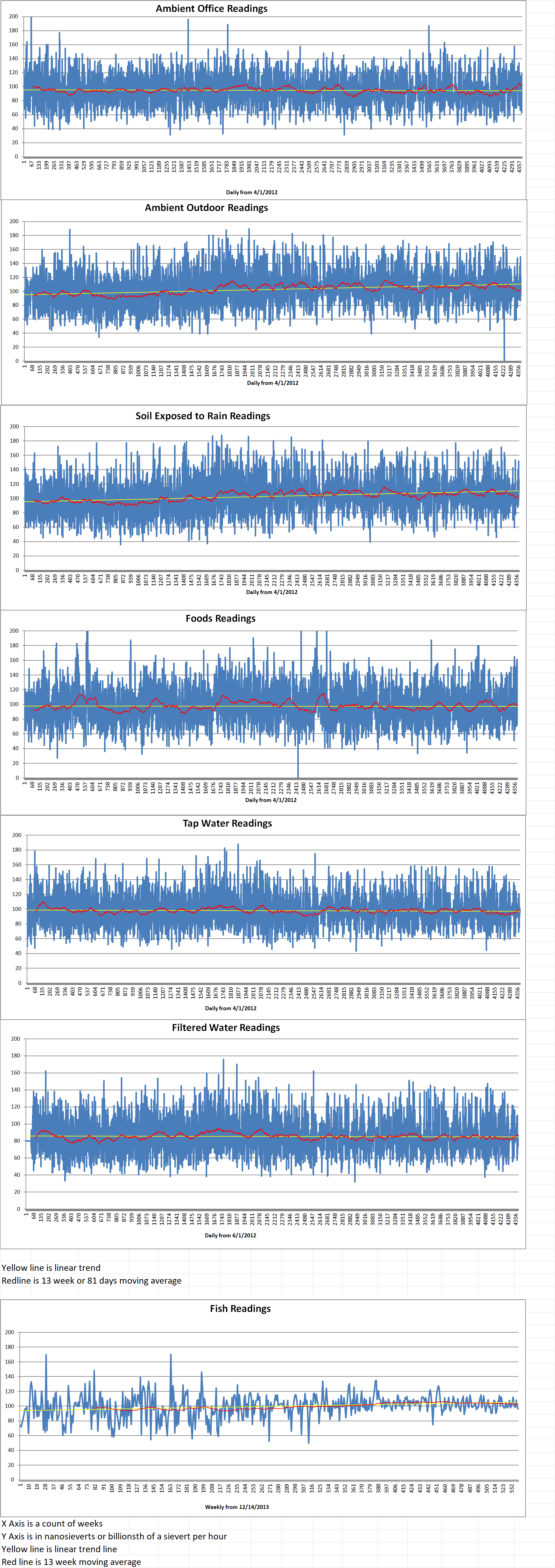John Ketchum is the CEO of NextEra Energy. He says that “There are only a few nuclear plants that can be recommissioned in an economic way, and newer technologies like small modular reactors remain financially infeasible.”
NextEra Energy continues to evaluate the possibility of reopening the Duane Arnold nuclear power plant in Iowa amid growing interest from data center companies Ketchum told investors Thursday during a third quarter earnings call.
Ketchum said that Duane Arnold’s boiling water reactor could make it easier to restart and operate economically than other nuclear power plants. New nuclear technologies such as small modular reactors (SMRs) remain uneconomical.
Ketchum added that nuclear power will likely supply just a fraction of the nine hundred gigawatts the U.S. needs to add by 2040 to keep up with demand.
Despite the recent fervor among tech companies and investors about nuclear energy, Ketchum contended that renewables and storage will likely play a greater role in satisfying new energy demand for at least two decades to come.
Ketchum said, “Nuclear will play a role, but there are some practical limitations. There are only a few nuclear plants that can be recommissioned in an economic way … But even with a one hundred success rate on those recommissionings, we would still only meet less than one percent of that [new] demand.”
According to Jefferies Research Services, expert analysts had anticipated that NextEra might announce a deal to restart the six hundred megawatt Duane Arnold plant during the Thursday call despite potential challenges such as competition with robust regional wind resources, And although the expected announcement did not come, Ketchum said that the plant could be among the few that could be reopened and operate economically. NextEra is currently carrying out engineering assessments and speaking with local stakeholders about what it would take to reopen the plant.
However, Ketchum said he was “not bullish” on the newer SMR technology. NextEra has an in-house team dedicated to SMRs but so far they have not drawn favorable conclusions about the SMR technology.
Ketchum added that “A lot of [SMR equipment manufacturers] are very strained financially. There are only a handful that really have capitalization that could actually carry them through the next several years.”
Ketchum also raised questions about the availability of nuclear fuel in the United States, and he noted that SMRs remain “very expensive” even as the cost of renewable energy sources continues to fall. “We’re prioritizing other generation resources at this time. Renewables are here for the long haul.”
Ketchum also announced that NextEra had secured two framework agreements for the potential development of up to ten and a half gigawatt of renewables and storage to be built through 2030. Although NextEra executives said they were not yet able to identify which companies had countersigned the agreements, they described them as “Fortune 50” companies outside the tech industry.
New power demand from data centers and tech hyperscalers amid an increasingly limited supply of new generation projects has increased pressure on other industries that are also looking to secure renewable energy, Ketchum said. “All ships are rising with the tide here because they may be facing higher power prices down the road.”
NextEra reported a net income of one hundred and eight five billion, compared to one hundred two hundred and two billion in the third quarter of 2023.






